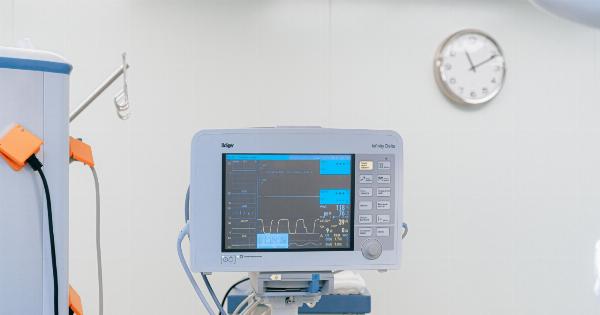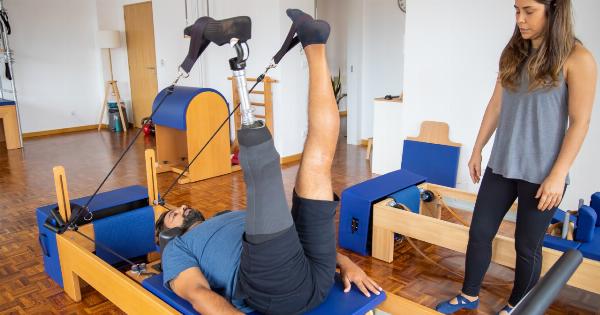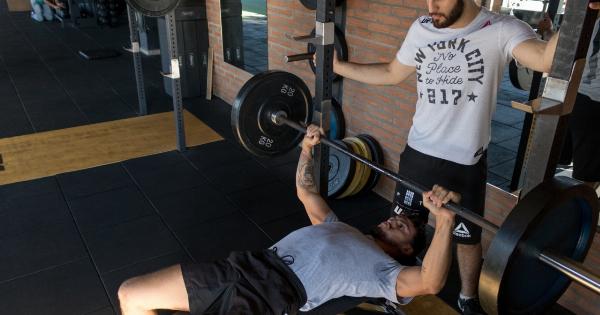Heart rate is a vital indicator of how our bodies are functioning during exercise. Knowing your target heart rate can help you maximize the benefits of exercise and reduce the risk of injury.
It can also give you a better understanding of your overall fitness level. In this visual guide, we’ll explore the science of heart rate and exercise to help you get the most out of your workouts.
Understanding Heart Rate
Heart Rate (HR) is the number of times your heart beats per minute. It is measured in beats per minute (BPM). It is also known as the pulse and can vary depending on age, gender, fitness level, and other factors such as temperature and altitude.
Resting heart rate is the number of beats per minute when you are at rest, and maximal heart rate is the maximum number of beats per minute that your heart can achieve.
Target Heart Rate Zone
Your target heart rate zone is the range of beats per minute that you should aim for during exercise. Your target heart rate zone is determined by your maximal heart rate and the intensity level of your exercise.
It is usually expressed as a percentage of your maximal heart rate. The American Heart Association recommends a target heart rate zone of between 50% to 85% of your maximal heart rate during moderate to vigorous aerobic activity.
Calculating Target Heart Rate Zone
To calculate your target heart rate zone, you need to know your maximal heart rate. The most common formula to estimate maximal heart rate is the subtracting your age from 220.
So, if you are 40 years old, your maximal heart rate would be 220 – 40 = 180. Then, to calculate your target heart rate zone, you multiply your maximal heart rate by the lower and upper limits of the range.
For example, if your maximal heart rate is 180, and you want to exercise at 70% of your maximal heart rate, your target heart rate zone would be between 126 and 144.
Measuring Heart Rate
There are several ways to measure heart rate during exercise. The most accurate way is to use an Electrocardiogram (ECG). However, this is not practical for most people while exercising. Another option is to use a heart rate monitor.
A heart rate monitor is a device that measures heart rate by detecting the electrical signals produced by the heart. Some monitors are worn on the chest, while others are worn on the wrist.
The Role of Intensity in Heart Rate Training
Intensity is the driving force behind heart rate training. The intensity of exercise affects heart rate, and thus the benefits and risks of exercise. To get the most out of heart rate training, you need to exercise at the right intensity level.
Low-intensity exercise is better for improving endurance and burning fat, while high-intensity exercise is better for improving power and building muscle.
The Benefits of Heart Rate Training
Heart rate training has many benefits. It can help you improve your cardiovascular fitness, reduce your risk of heart disease and stroke, improve your metabolism, and help you lose weight.
It can also help you increase your endurance and power, which can be beneficial for sports that require short bursts of intense energy.
The Risks of Heart Rate Training
While heart rate training has many benefits, it can also be risky if not done properly. Some of the risks of heart rate training include an increased risk of injury, muscle damage, dehydration, and overtraining.
It is important to talk to a doctor or fitness professional before starting any new exercise program to ensure that it is safe and appropriate for your needs and abilities.
Conclusion
Heart rate is an important indicator of how our bodies are functioning during exercise. Knowing your target heart rate can help you maximize the benefits of exercise and reduce the risk of injury.
Whether you are a seasoned athlete or just starting with heart rate training, understanding the science of heart rate and exercise can help you achieve your fitness goals and lead a healthy, active lifestyle.





























